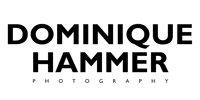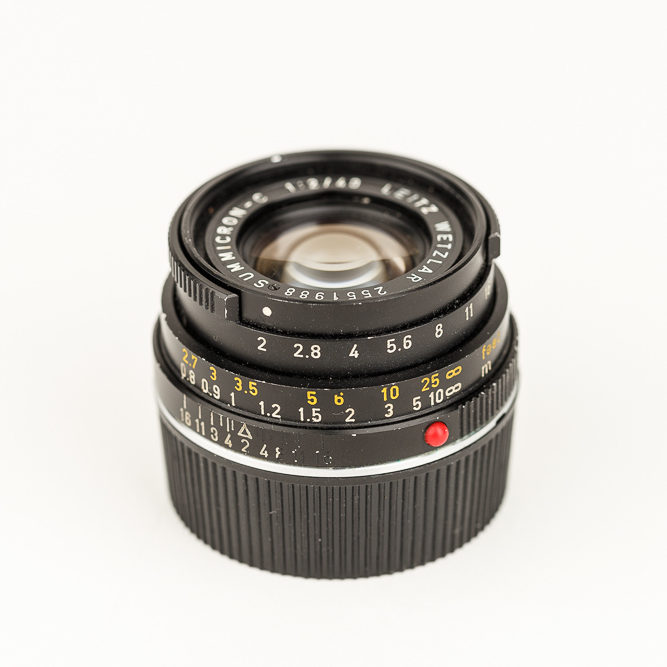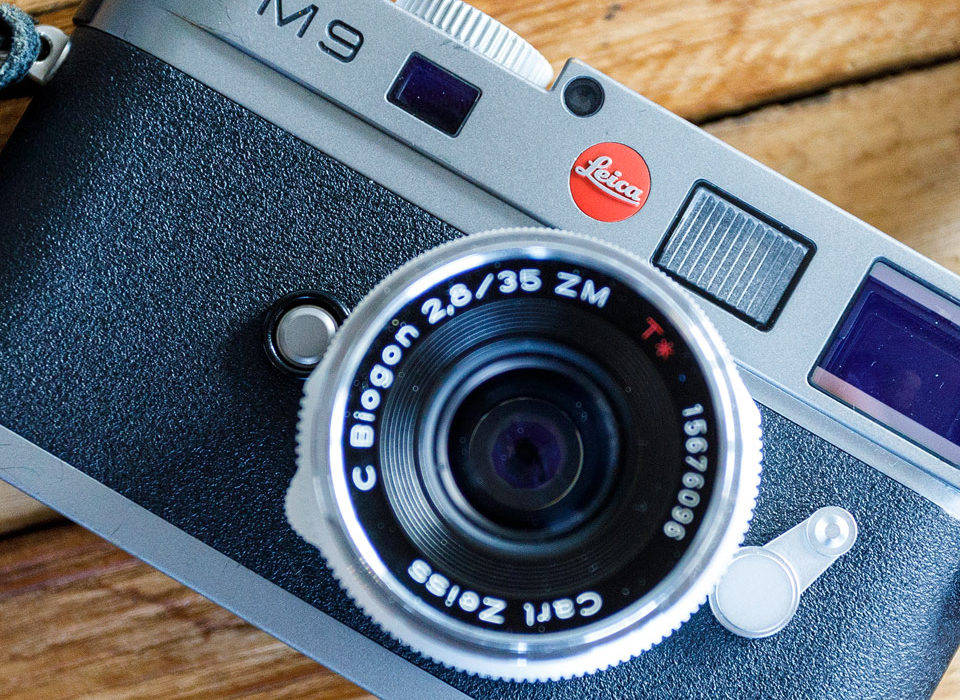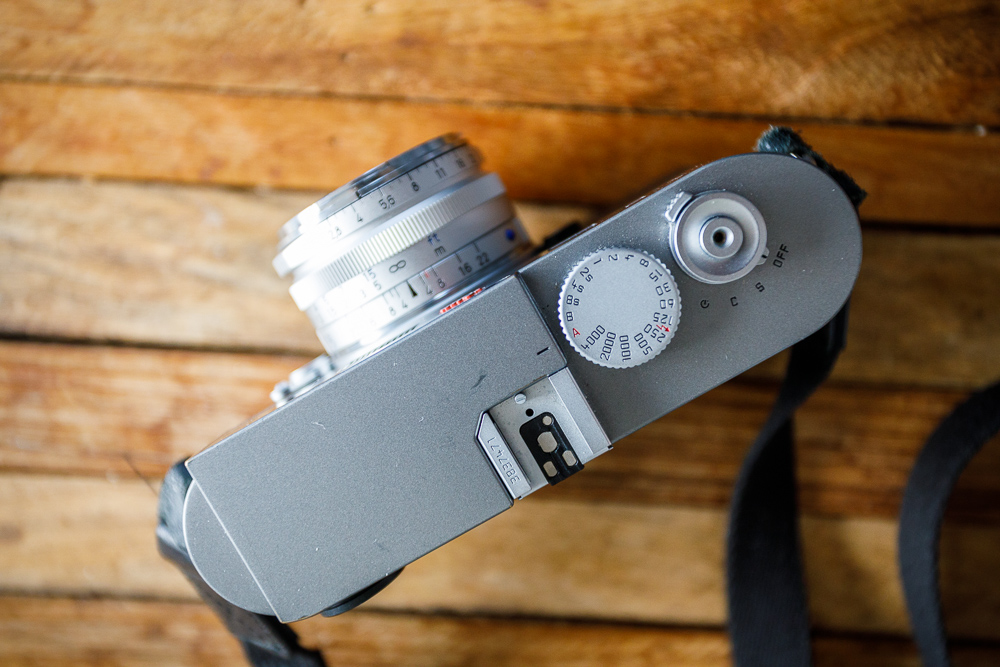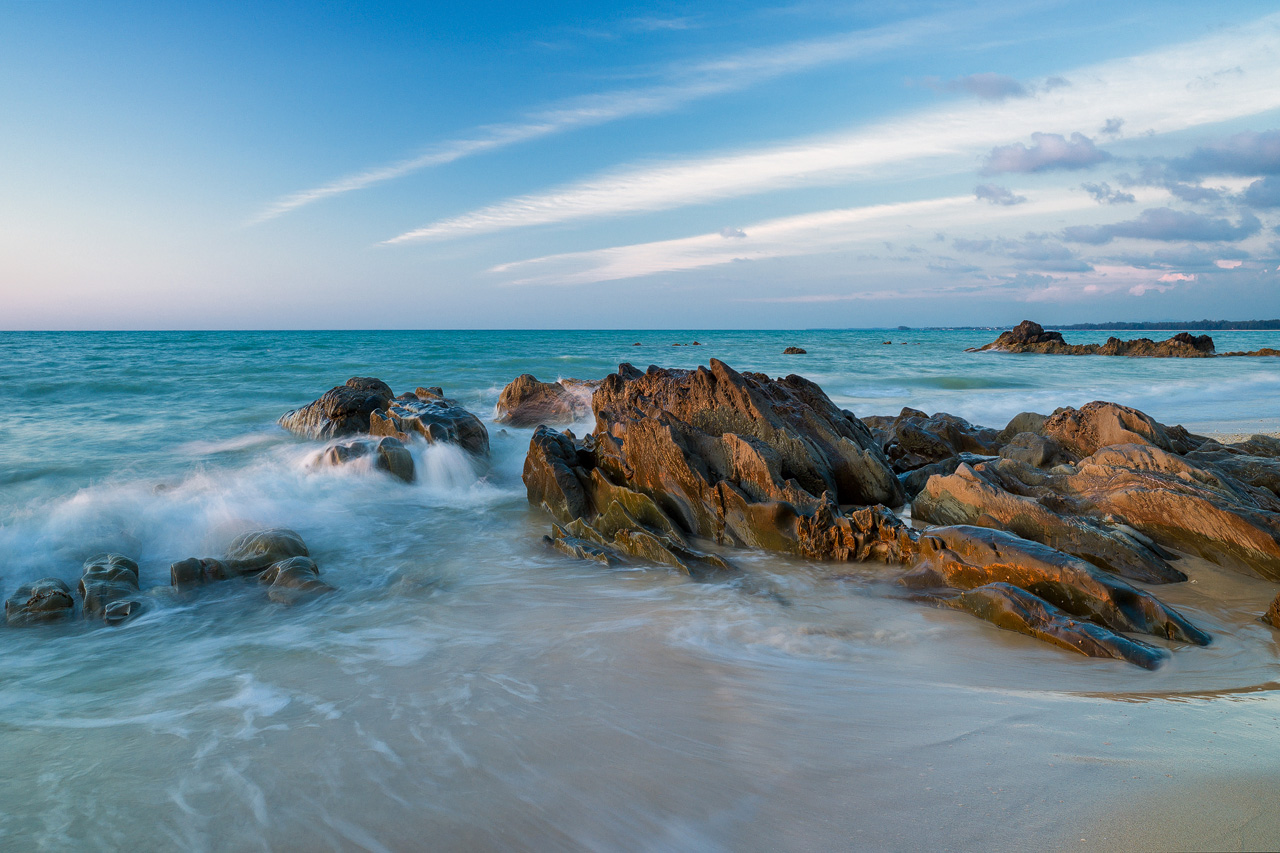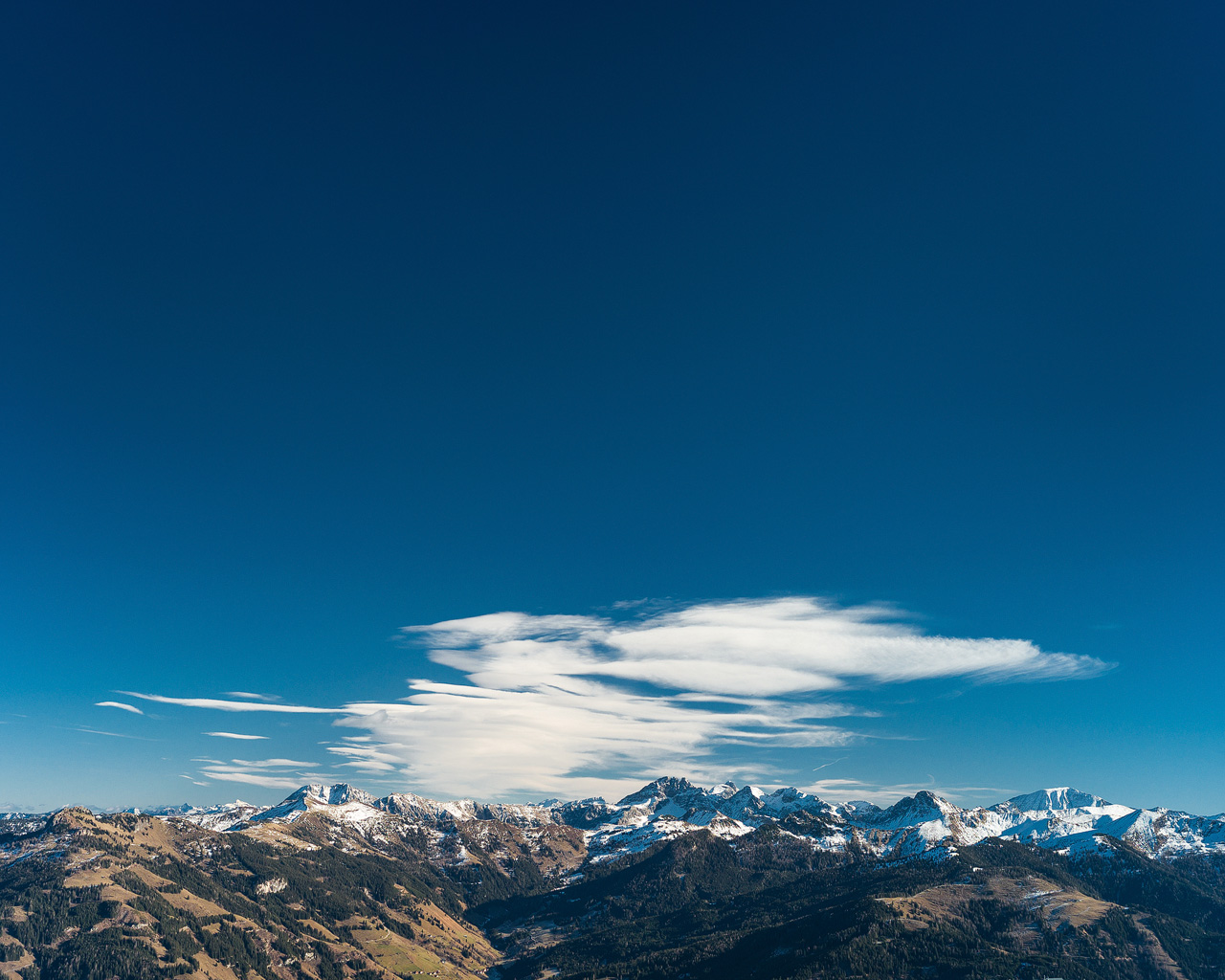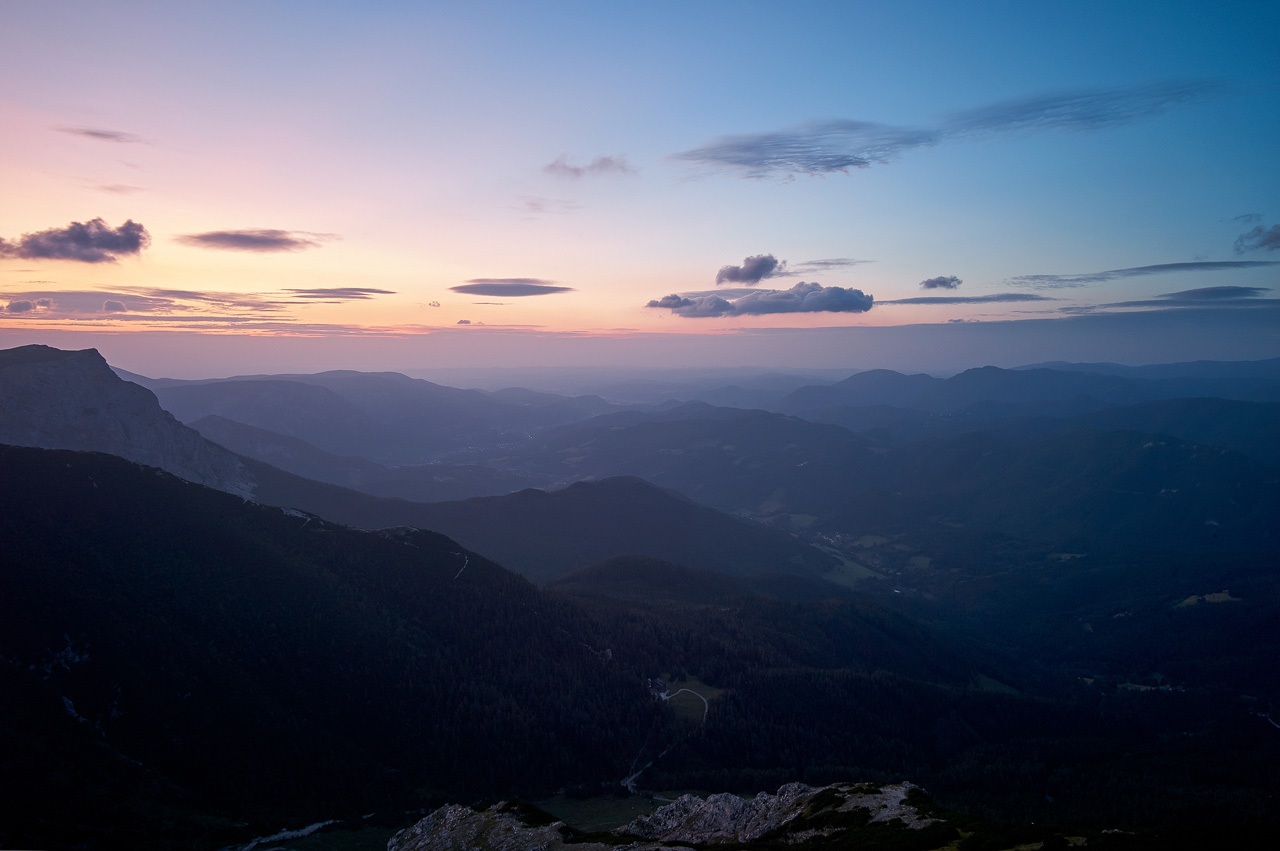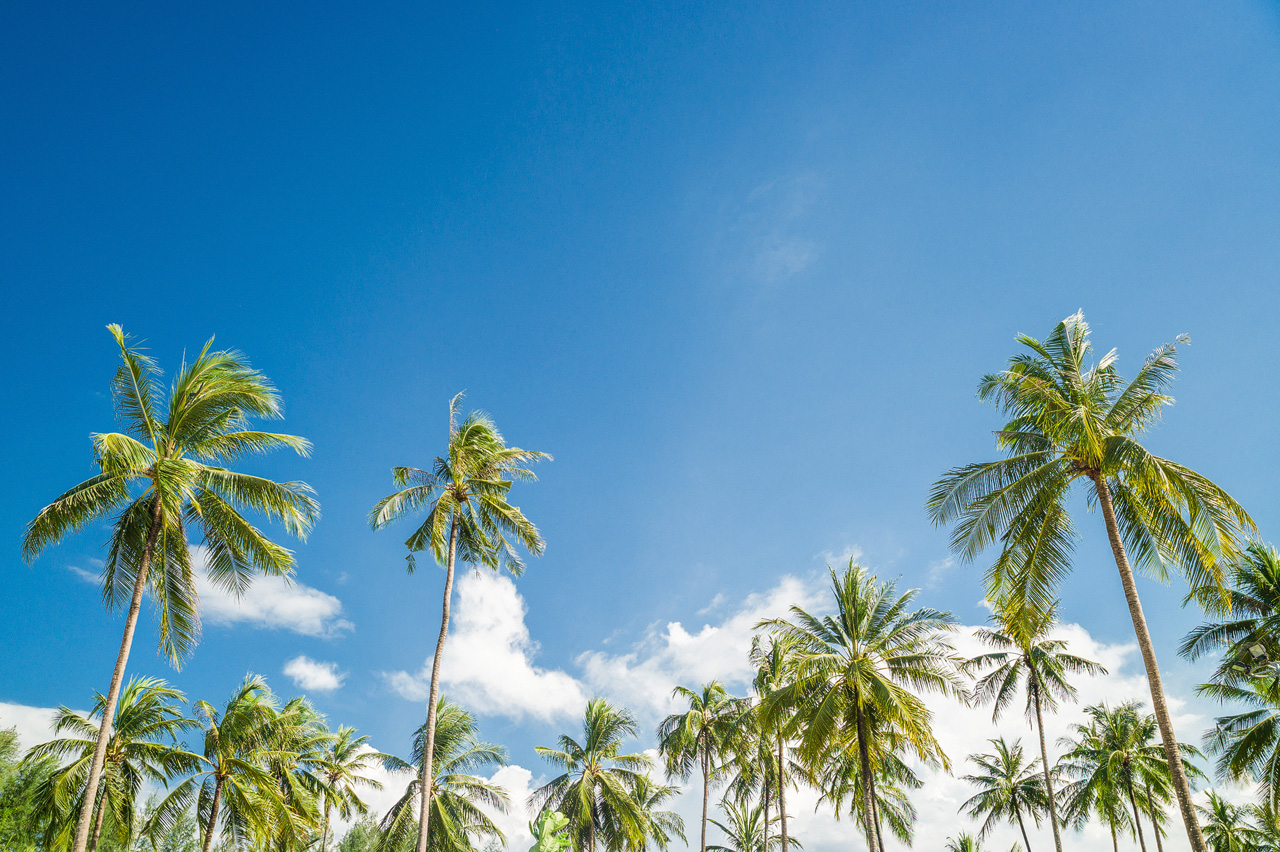The smallest Leica Summicron!
When it comes to Leica, the name Summicron stands for outstanding performance at a reasonable seize. The 40 mm is not an exception, but is oftenly overlooked. It is still a Summicron, a tiny and lovely one!
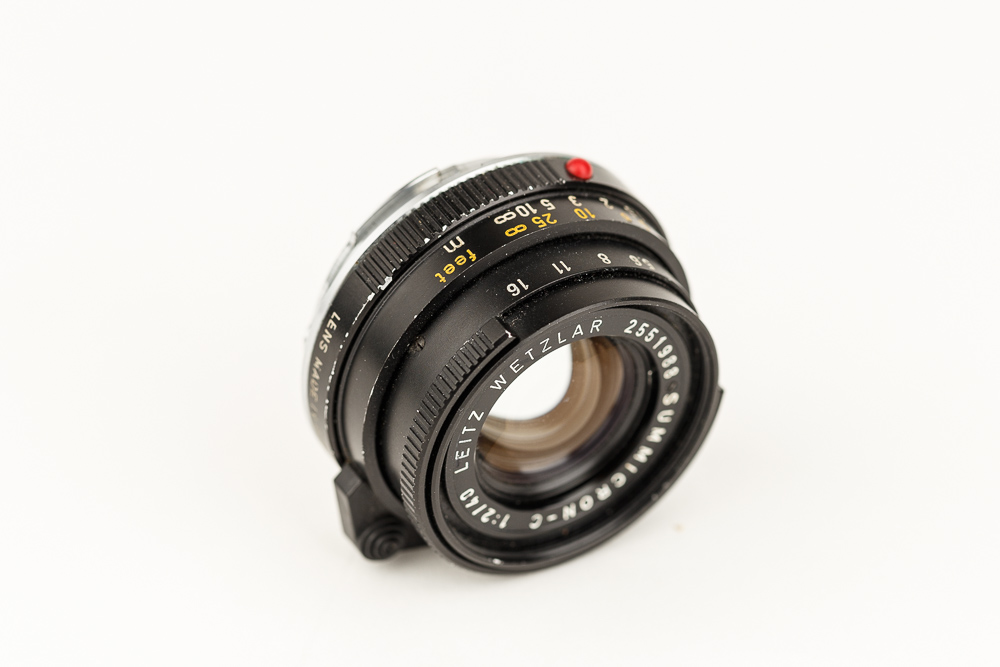
The pros
- Its perfectly sharp – center is almost as sharp as my 50mm ‚Cron.
- Renders beautyfully, especially in black and white, creating a classic look.
- It’s tiny, which makes it the perfect travel and street lens.
- Contrast is on the lower side, but still good.
- Probably the cheapest Leica lenses you will find – and still a Summicron.
The cons
Might be challenging or unaccaptable for some, but completely irrelevant for others:
- the Leica M has no 40 mm framelines. The 40mm Summicron was originally designed for the Leica CL, so you have to kind of guess what you are shooting. One could say: 40mm is close to 35mm, just choose the 35 framelines and don’t compose too tight – well that doesn’t work, unfortunately the M9 natively activates the 50mm framelines. However, there are workarounds how to fix it, but I rather just leave it as it is, and bare in mind that there is still a little space around the frame.
- The filter size is kind of special (5.5 Filtzers – 40.5 mm), also the hood is hard to find – but i never missed it.
Lets look at the image quality:
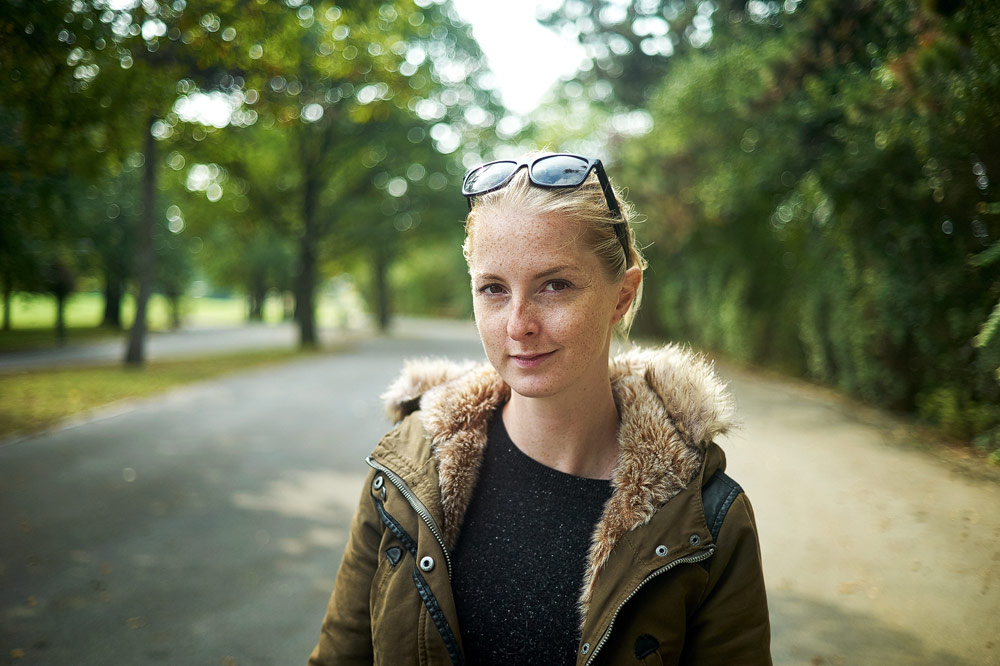
As you can see, the bokeh is very nice, probably not matching the Summiluxes, but for my taste a little ahead of the 50 ‚Cron. I spent only 5 minutes in the raw conversion, applied some contrast and a little sharpness and the picture is almost perfect. Shot at F2, 1/160.
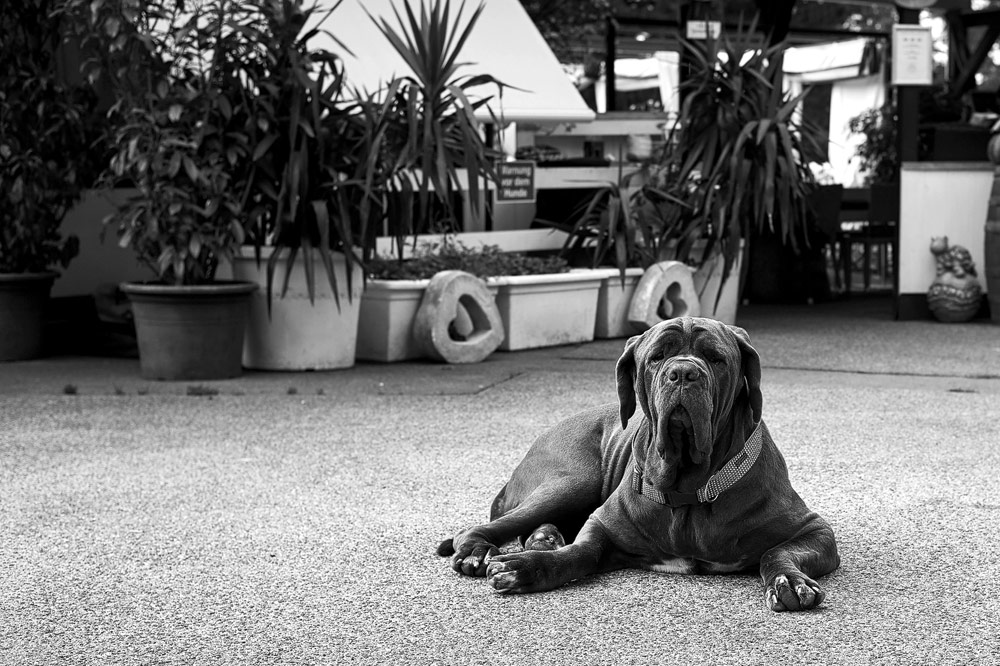
Smooth black and white rendering. If you consider, that this lens was originally designed for a 70ties film camera, the quality and sharpness is even more impressive. F4, 1/90.
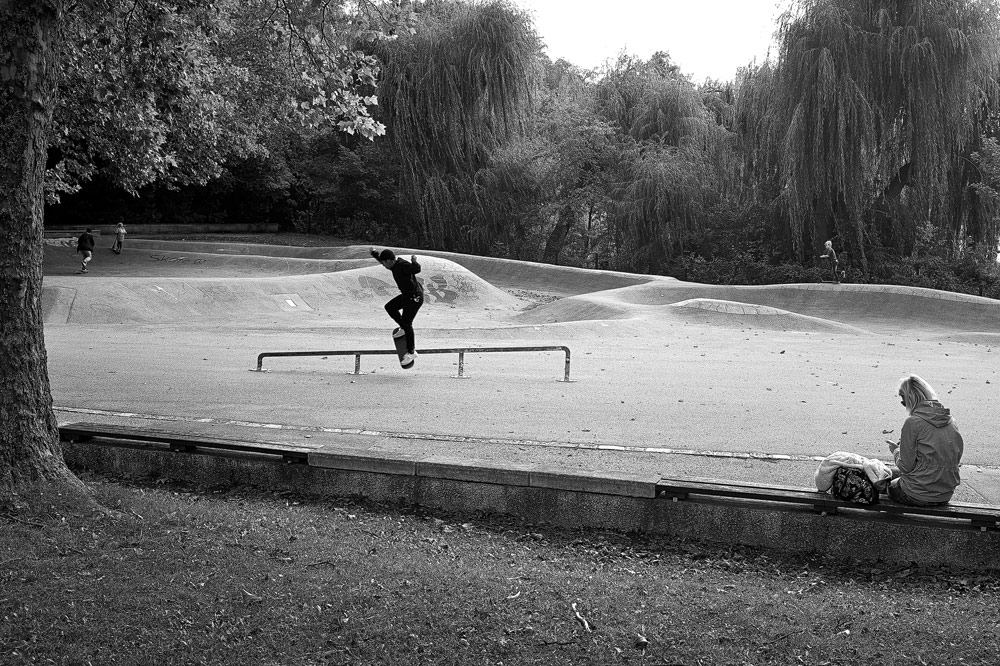
Not at all a good photo, but good for checking corner sharpness. Again, I only applied some contrast and only little sharpness. Shot at F8, 1/200. Sharpness is good enough for almost anything. Not tack-sharp, (especially in the extreme corners) but still quite good. The right corner is not as sharp as the left one, probably a little outside depth of field – which could be solved if shooting at F11.
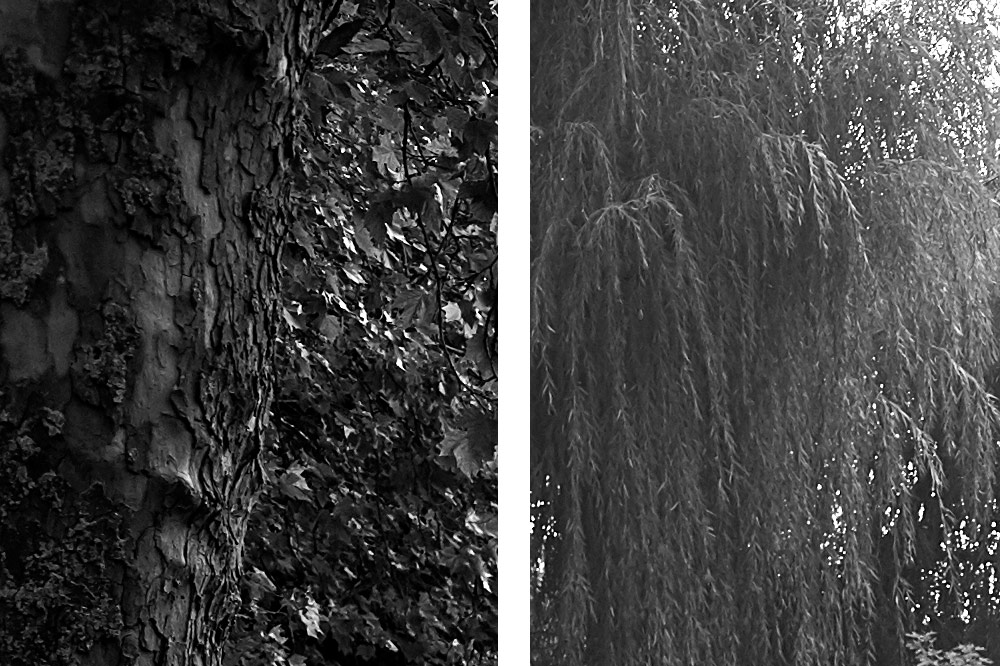
The Corners are good, but not outstanding.
Conclusion:
This lens is exactly your choice, if you can life with guessing the frame a little and work without filters. It’s the perfect start into the world of rangefinder photography. If you just spent a huge pile of cash on a Leica M, chances are, there is not enough money left to buy all the lenses one desires to have. Start with the 40mm, like I did. I never regretted buying it because its the lens I pick, whenever I want a really lightweight and small camera with a versatile lens. There are better lenses on the market, no doubt, but at a price.
Alternatives:
The 35mm Summicron is the biggest competitor due to the same aperture and close focal lenghts, but is almost ten times the price. I bought my 40mm at my favourite local camera store for 300 Euros, while thelatest 35 Summicron asph. sells at 3.000. Even a used 35 ‚Cron (V1 & V2) is beyond 1.200 Euros.
If budget is tight but you still want a new lens, you might as well consider the Zeiss 35mm F2,8 C Biogon, or the Voigtlander 35mm F2 asph. Both very good lenses!
